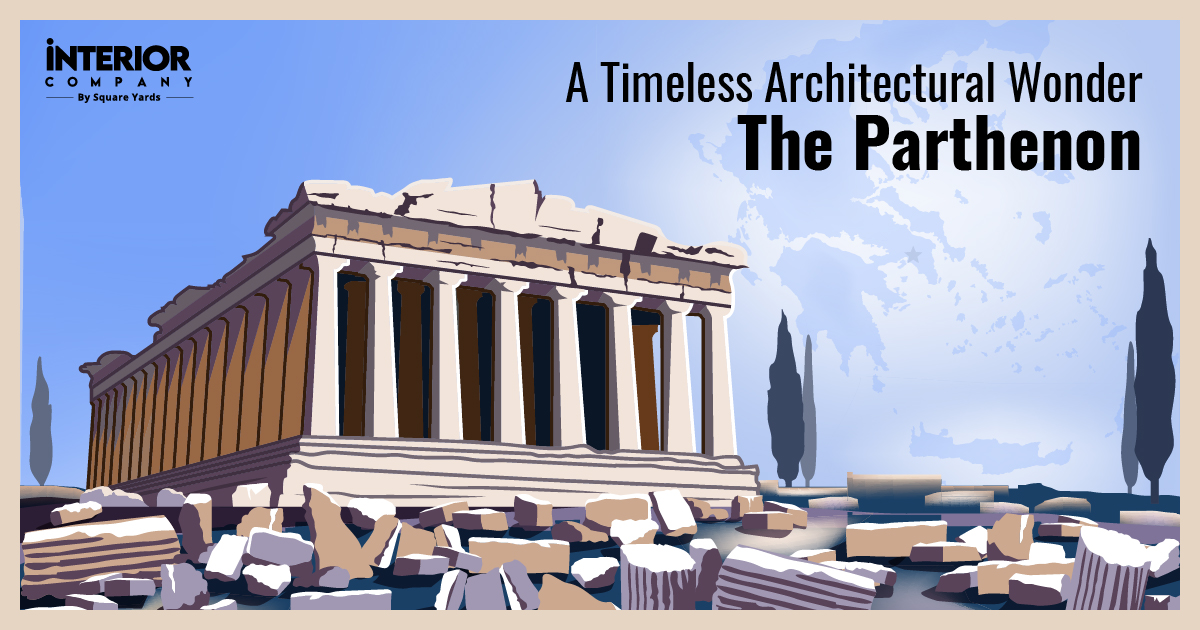- Home
- Trends
- Architecture
- Buildings
- Central Park Design By Frederick Law Olmsted
Central Park: NYC’s Repository Crafted by Frederick Law Olmsted
Ever wondered how exactly the world’s most beautiful park came into existence? Those 843 sprawling hectares of joy in Manhattan make Central Park, New York’s most beloved landmark. The beauty of this park is incomparable, and its architect, Frederick Law Olmsted, made sure that this fact remains timeless. Central Park is home to a variety of landscapes and environments, including forests, lakes, and ponds. It features a variety of recreational activities, such as jogging, walking, biking, boat rides, and concerts. The park also has a number of monuments and sculptures, including the Central Park Zoo, the Belvedere Castle, the Central Park Carousel, and the Central Park Conservancy. This article will take you through all that you need to know about Central Park, New York.
Table of Content
History of Central Park
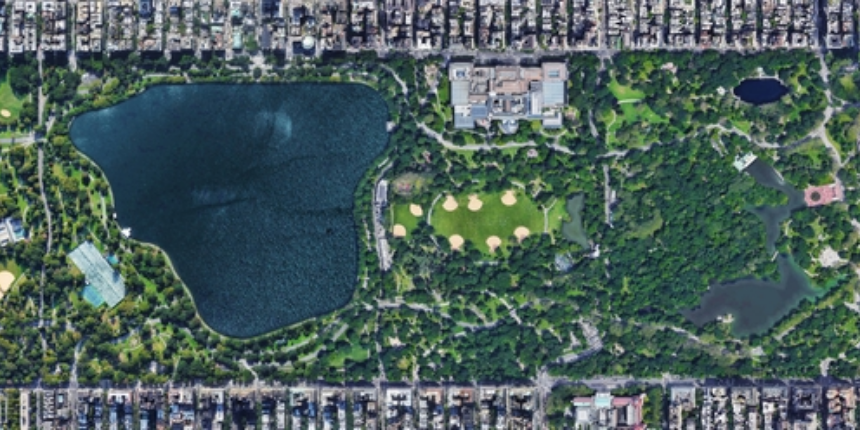
Central Park was initially proposed in 1853, by a group of New York City business and civic leaders led by former New York State Senator, William Cullen Bryant. The group proposed a large, 843-acre park to be located in the centre of Manhattan, between the 59th and 106th streets, the Fifth avenue and the East River. The park was designed by landscape architects Frederick Law Olmsted and Calvert Vaux and was officially opened in 1858. Being the first of its kind; the first public landscape park in the United States, it quickly became an icon of New York City. In the late 19th century, the park underwent major renovations, including the construction of the Central Park Zoo, the Belvedere Castle, the Wollman Rink, and the Carousel.
Also Read: Architecture of The Gardens of Versailles
A proposal for this New York landmark became a necessity. The city was attracting large crowds leading to rampant urbanisation. The changemakers gauged a threat to public health and safety in the long run and subsequently decided to build parks according to the street grids. However, during the 1840s the Manhattan elite voted for a huge park instead of the street grid. The Mayor of New York and several other parties were involved in the process of finding the best possible solution for the construction of Central Park.
To make the planning process easier, the government introduced a design contest. In 1858, the designated commissioners selected Fredrick Olmsted and Calvert Vaux's plan. The Greenwards Plan as they called it ' amalgamated perfectly with the surroundings ' tying the city and this park together. The plan was a radical departure from the traditional formal European-style gardens, and instead focused on creating a pastoral landscape that would allow the public to enjoy the beauty of nature in an accessible setting.
The Artists Behind Central Park
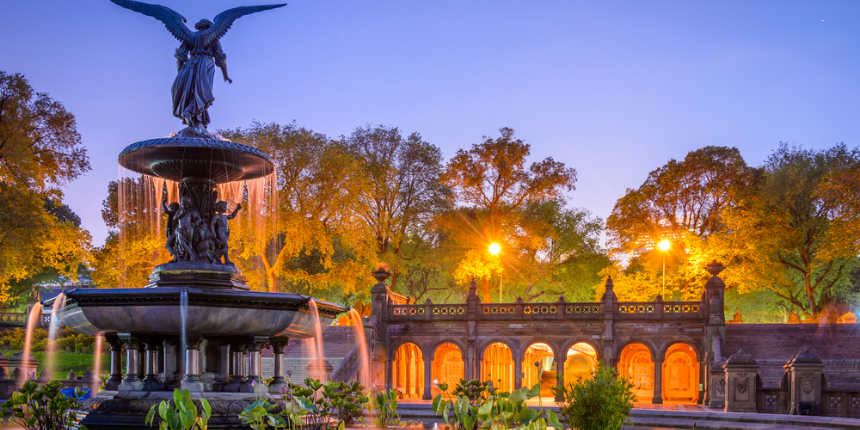
Fredrick Law Olmstead and Calvert Vaux are the two geniuses behind the construction of Central Park. They designed Central Park in the late 1840s, and it opened to the public in 1858. The park was an instant success and became a model for other parks across America.
Frederick Law Olmsted was an American landscape architect, journalist, and a social critic. He is best known for designing many famous parks in the United States, including Central Park in New York City and the grounds of the U.S. Capitol. Olmsted was also an early advocate of city planning, believing that a well-designed city should provide a healthy environment for its citizens. He developed a theory of landscape architecture that emphasised the importance of creating spaces that provided both beauty and utility. He also designed parks and urban spaces in many American cities, including Buffalo, Louisville, Chicago, and San Francisco. Amongst other things, Olmsted was also a social critic, writing extensively on the need for improvised housing, education, and public health. He was an early voice in the conservation movement, arguing for the preservation of natural landscapes.
Also Read: History and Architecture of Blenheim Gardens
Along with Olmsted, Calvert Vaux was equally involved in the construction of Central Park. Calvert Vaux, an English-American architect, landscape designer, and writer was a key figure in the 19th-century movement to create public parks in the United States. Vaux was born in London and apprenticed under a London-based architect. He immigrated to the United States in 1848 and began working in New York City. He quickly gained a reputation for his innovative and eclectic designs, and was sought out by many a wealthy client. Vaux was a key figure in the so-called 'Greensward Plan' for Central Park, which he and Olmsted developed in 1858. The plan was implemented and Central Park opened in 1876. Vaux also worked on many other public parks and landscapes, including the Prospect Park in Brooklyn and the Niagara Reservation in Niagara Falls, New York.
Olmsted and Vaux’s work on Central Park revolutionised the concept of urban parks and served as the model template of design for parks in cities across the globe. Their park design principles, thoughtfully focused on creating a sense of harmony and natural beauty, are used to this day. The Olmsted and Vaux legacy has been recognized by the American Society of Landscape Architects, which named them its Founding Members in 1899.
Popular Attractions in Central Park
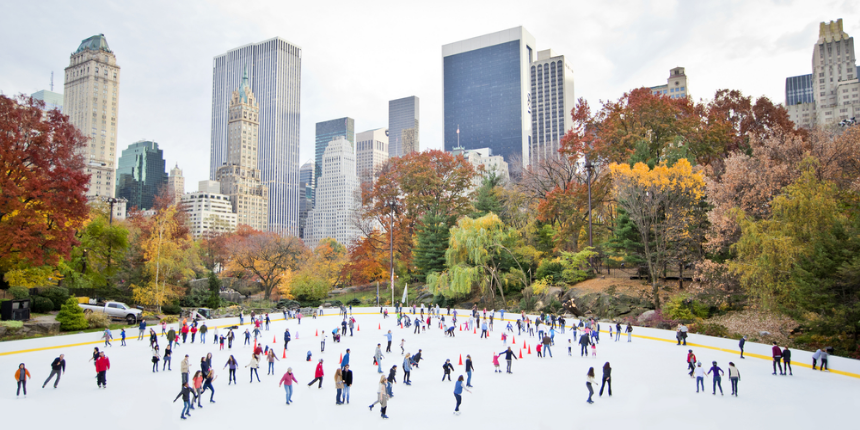
Central Park itself isn't short on entertainment. The park was constructed in a way to be a space where people could spend their entire day; an avenue to spend time with your family and friends. Central Park is one of the most visited tourist attractions in New York. Every year there is a footfall of over 42 million people visiting the park. Some of the popular attractions of New York are mentioned below.
- Bethesda Fountain: Located at the centre of the park, this fountain is the largest among the fountains in Central Park, and is a popular destination for visitors and locals alike. Built in 1873, the fountain is a designated New York City landmark, and features an angel sculpture with four cherub figures in the centre, surrounded by an impressive terrace.
- Strawberry Fields: This memorial to John Lennon is located near the West 72nd Street entrance to Central Park, and was built in 1985 to commemorate his life and his music. The memorial features a mosaic with the word 'Imagine' inscribed in it, and is a popular destination for fans of the late singer who was a longtime resident in the city.
- Belvedere Castle: This castle, located at the centre of the park, was built in 1869 as a lookout point for visitors. The castle features two towers and spectacular views of the Great Lawn and Turtle Pond. It is also home to the Henry Luce Nature Observatory, which provides educational programs for visitors.
- Central Park Zoo: A beloved destination for visitors of all ages, the Central Park Zoo is home to many species of animals, including sea lions, penguins, polar bears, and monkeys. The zoo also features a carousel and a petting zoo where visitors can interact with smaller animals. This zoo is remembered for being home to Alex, Gloria, Melman and Marty before they left for Madagascar-ian adventures.
- The Mall & Literary Walk: This grand promenade is an iconic part of Central Park, lined with American elm trees and statues of famous authors. It is a popular destination for walking and running, as well as for performances and events. The Mall is also home to the Naumburg Bandshell, which hosts concerts throughout the summer.
- Wollman Rink: The famous Central Park attraction had fans since the day it opened. It is less crowded than the Rockefeller Centre. During summers and springtime, this centre becomes the Victorian Gardens amusement park.
- Conservatory: The Conservatory Garden sits in all its glory between Fifth Avenue and 105th Street. The Vanderbilt Gate serves as an entrance to this resplendent six acres garden, which houses the most beautiful roses, several other indigenous flowers, and barberry along the English yew.
- Jacqueline Onassis Central Park Reservoir: Stretching from the 86th to 96th Streets, Central Park Reservoir is spread across 106 acres of land 40 feet deep. The debate to further add (a pier, restaurants, ball fields or marina) to the reservoir is a decision no one has been able to make.
- Bow Bridge: Bow Bridge is exactly where you'll meet the Mary Jane to your Peter Parker! It spans 60 feet over the lake and is one of the most romantic spots in all of New York. Built in 1862, the iron-cast bridge is one of the most beautiful spots in the US.
- Carousel: The Carousel of Central Park was originally made for Coney Island. This carousel has the largest handcrafted horses. The carousel entertains almost 25000 riders every day. It has been operating since 1971.
Cultural Significance of Central Park
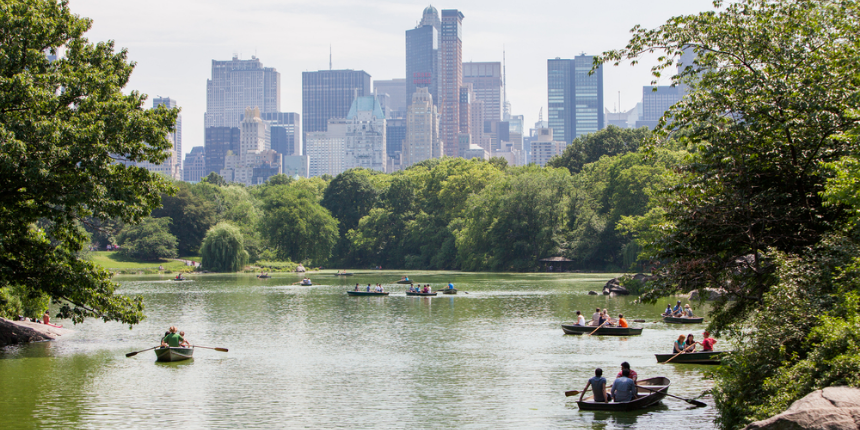
The park has a rich history of cultural events, including the first American baseball game, an ice skating rink, and a World’s Fair in 1871. In addition, the park has hosted a variety of concerts and festivals over the years, including the Central Park Music Festival, the SummerStage festivals, the Central Park Conservancy's Great Lawn Concerts, and the Global Citizen Festival. Central Park has also been the site of many important protests and demonstrations over the years, including the Stonewall Riots of 1969, a major event in the LGBT rights movement.
Conservation Efforts in Central Park
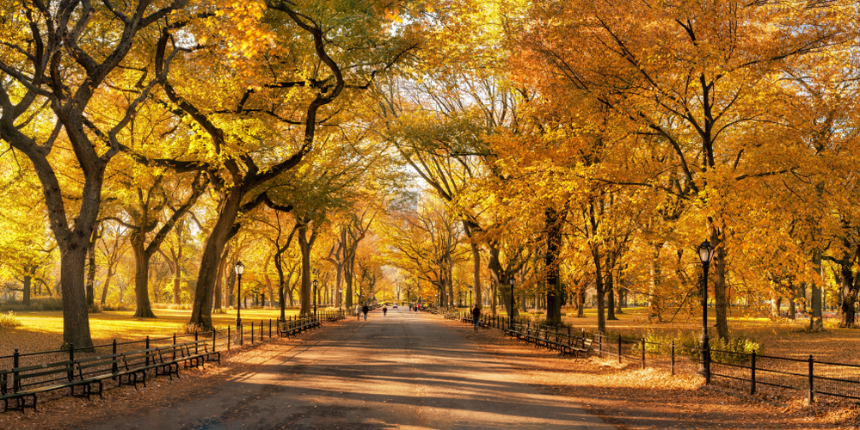
Central Park has recently become an important camp in the fight against Climate Change. The park has been designated a 'Climate Change Refuge' by the city of New York, and the Conservancy is actively working to reduce the park's carbon footprint. This includes efforts to reduce energy consumption, plant trees to absorb carbon dioxide and promote sustainable transportation and green energy initiatives to make New York a relatively sustainable city.
Central Park is also home to a variety of conservation programs, including the Central Park Bird Count, which encourages citizens to report sightings of birds in the park, and the Central Park Butterfly Count, which helps to monitor butterfly populations. The Conservancy also oversees the annual Central Park Migratory Bird Festival, which celebrates the park's diverse bird population and provides educational opportunities for visitors. Finally, The Conservancy also works with local organisations to protect the park's natural habitat and ensure that these resources remain available for future generations.
Conclusion
Central Park is a must-visit landmark in New York. Every inch of the park has something to offer humans and animals of all ages. The inception of this project itself was a testament of striving for a better, environmentally sound future, as a society. The conservation practices undertaken by the authorities in Central Park have brought about a monumental change in an otherwise urban setting. For the last 160 years, this park has offered vibrancy, life and beauty that captivates visitors from all walks of life. A sanctuary of peace and tranquillity and a place of discovery, it provides a unique and diverse experience for all. Central Park is an irreplaceable part of NYC and its culture. It is, ultimately, a needed reminder, highlighting the importance of preserving nature for generations to come.
Ready for a home transformation?
Let our designers assist you!
Recent Posts
Central Park opened to the public in 1858.
Frederick Law Olmsted and Calvert Vaux designed Central Park.
Related Category
- Bedroom
- Exterior Design
- Kitchen
- Living Room
- Paint and Color



